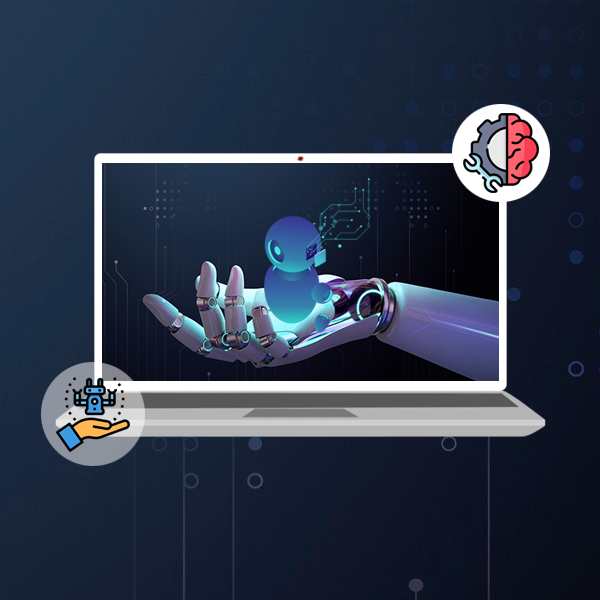6 Types of AI Design Tools UX Designers Need to Know-Connect Infosoft
AI has been increasingly integrated into various aspects of design, including user experience (UX) design. Here are six types of AI design tools that UX designers may find beneficial to know:
Generative Design Tools:
These tools use AI algorithms to generate multiple design options based on input parameters and constraints provided by the designer. They can assist in creating diverse design alternatives for websites, applications, or other digital interfaces.
In terms of UX design, generative AI design techniques are significantly less sophisticated. Users can build prototypes for homepages, landing pages and user interfaces with current AI-powered design copilots, but there is no parameterization.
Suggested tools include:
Galileo AI - This design assistant converts text prompts into editable user interface designs. For instance, you could tell it to "generate an onboarding screen for a dog walking app." The software creates a mockup that you may then edit in Figma.
Uizard - This software converts screenshots of apps or websites into editable mockups after you upload them. The concept is that by drawing inspiration from successful apps, designers can "save hours on design and iteration." However, proceed with caution. The quality of a designer's work is determined by their ingenuity, problem-solving abilities and ability to express their decisions. Simply stealing an existing design will not get you hired.
Predictive Analytics Tools:
Predictive AI tools analyze data, often collected from user interactions and behaviors, to make predictions about future trends or outcomes. In UX design, these tools can help designers anticipate user needs and preferences, allowing them to create designs that align with what users are likely to want or do in the future.
Suggested tools:
Mixpanel - Mixpanel is not an AI design tool, but rather a powerful analytics platform used for tracking user interactions and behaviors within digital products, such as websites and mobile applications. It provides insights and data that help businesses and product teams understand how users engage with their products, make informed decisions and optimize user experiences.
Natural Language Processing (NLP) Tools:
NLP is a field of AI that focuses on the interaction between computers and human language. NLP-powered tools can understand, interpret and generate human language. In UX design, these tools can be used to analyze user feedback, reviews and comments to extract insights about user opinions, emotions and suggestions.
Suggested tools:
UClassify - This open-source software allows users to categorise text snippets based on topic, sentiment, mood, tone and other labels. While it is inefficient for large datasets, it is a valuable tool for UX designers interested in experimenting with NLP classifiers.
Image and Video Recognition Tools:
AI-powered image and video recognition tools can automatically identify and categorize objects, scenes, or elements within images and videos. In UX design, these tools can help manage and organize visual assets, making it easier for designers to find and use relevant images and videos in their projects.
Suggested tools:
Adobe Sensei - Adobe Sensei is Adobe's artificial intelligence and machine learning technology framework that powers a range of Adobe products and services. It enhances various creative and design processes by providing intelligent automation, predictive analytics and data-driven insights. Adobe Sensei is integrated into several Adobe applications, such as Photoshop, Illustrator, Premiere Pro and more.
Personalization Engines:
These are AI systems that analyze user data to deliver customized content and experiences. In UX design, personalization engines can tailor the user interface, content and interactions based on each user's preferences and behaviors, creating a more engaging and relevant experience.
Prototyping and Mockup Tools:
AI-enhanced prototyping tools can automatically transform wireframes and sketches into interactive prototypes, saving time and effort during the design process. These tools may also offer design suggestions and refinements based on best practices and user-centered principles.
Conclusion:
Keep in mind that the AI design tool landscape is continually evolving, so staying up-to-date with the latest developments in this field can greatly benefit UX designers. Additionally, while these tools can provide valuable support, they are most effective when used in conjunction with human creativity, empathy and critical thinking in the UX design process.
TAGS: 6 Types of AI Design Tools UX Designers Need to Know, Looking For UI Designer In India, Looking For UX Designer In India, Looking For AI Designer In India, Looking For Designing Team In India, UI UX AI Dev Team, Hire Web Designers In India, Looking For Web Development Company, Cross Platform Apps, Web Designing Company, Connect Infosoft Technologies
